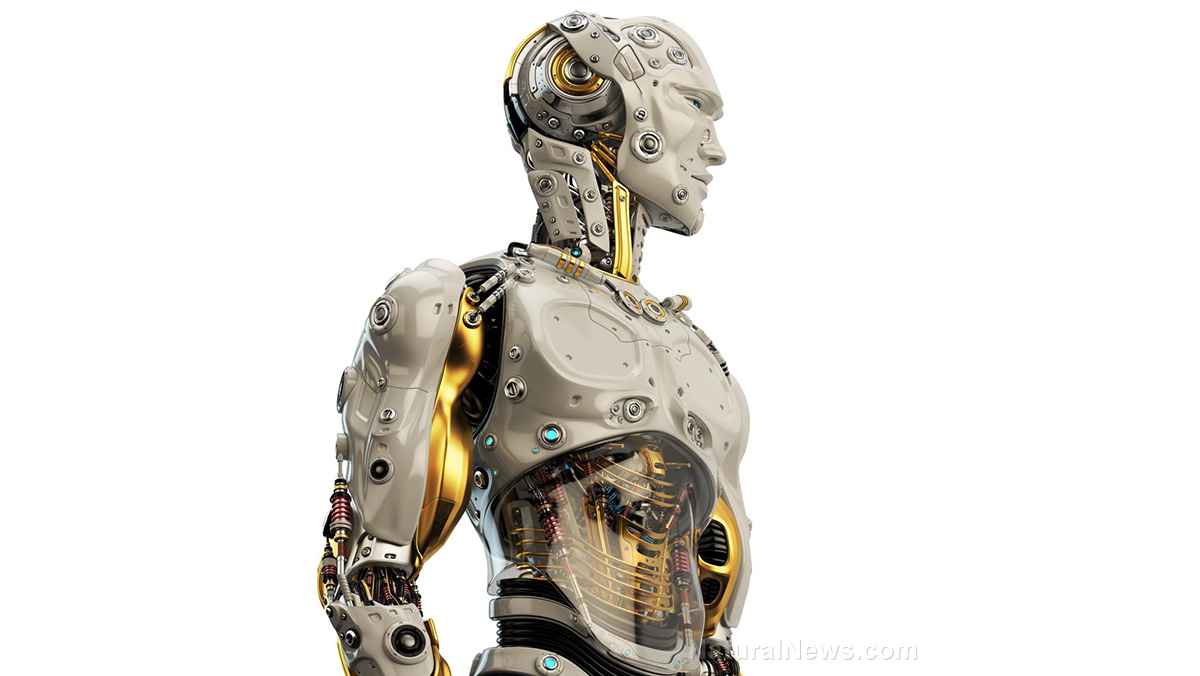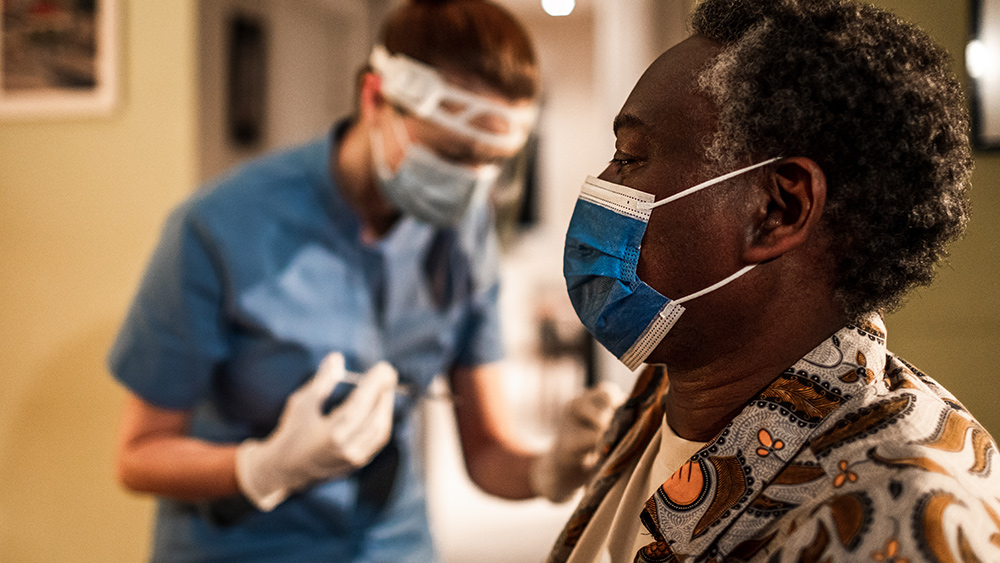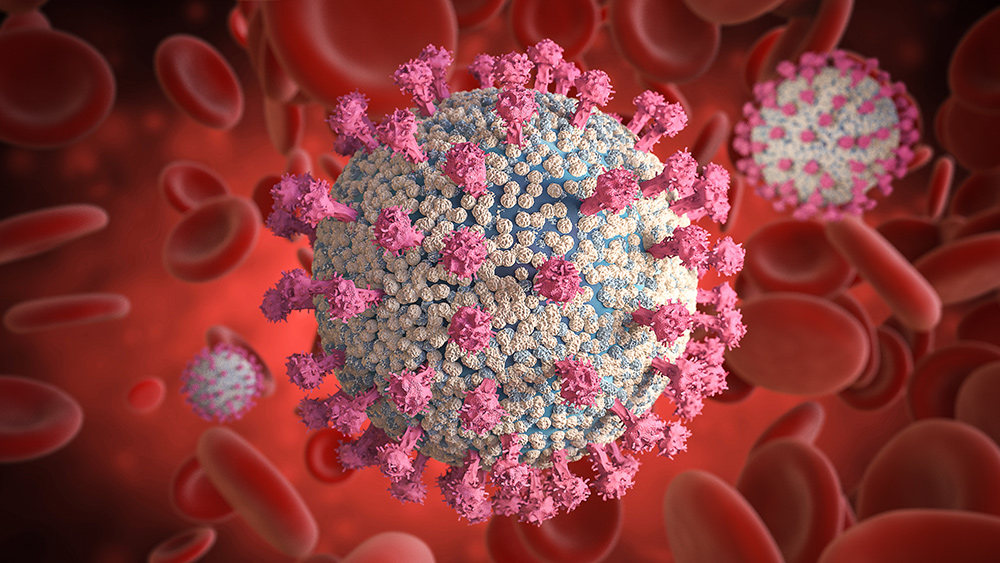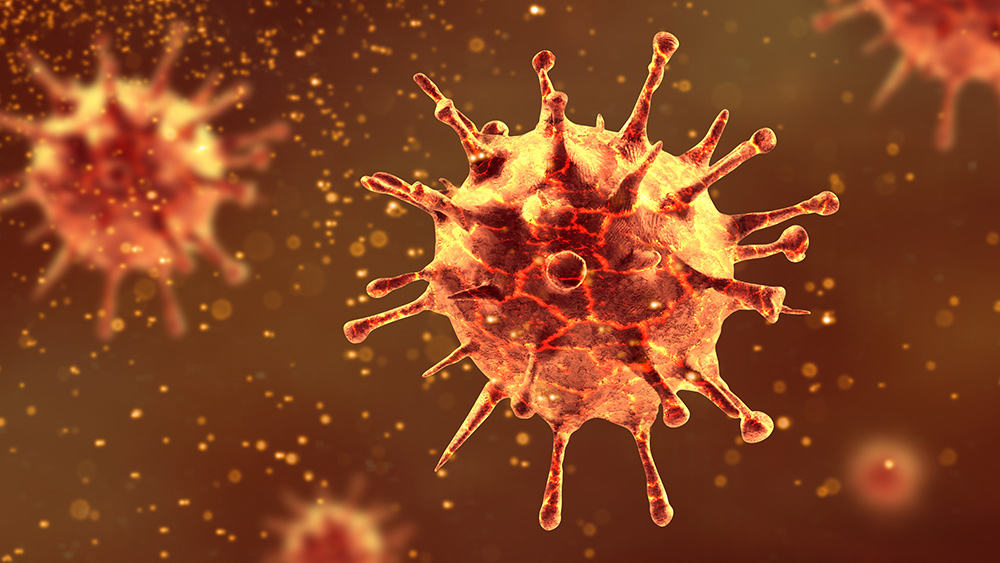
It’s hard to believe that there once was a time when highly advanced robots only existed in Hollywood movies and comic books. Now, technology has reached a point where robots can do many things that human beings can do – in some cases, the two are even indistinguishable.
An essay published in the International Journal of Science described an algorithm that has been specifically designed to allow robots to adapt to damage and ultimately reduce fragility.
“Here we introduce an intelligent trial-and-error algorithm that allows robots to adapt to damage in less than two minutes in large search spaces without requiring self-diagnosis or pre-specified contingency plans,” wrote the essay’s authors, Antoine Cully, Jeff Clune, Danesh Tarapore and Jean-Baptiste Mouret.
They went on to explain that damaged robots use “prior knowledge” regarding the various behaviors they can perform and their values “to guide a trial-and-error learning algorithm that conducts intelligent experiments to rapidly discover a behavior that compensates for the damage.”
This robotic adaptation process sounds extremely similar to how animals adapt to pain or physical harm. When a dog injures its paw, for example, its natural instinct is to start limping or even to hold that paw off the ground until the pain subsides; it compensates and adapts to its own physical condition. Incredibly, it seems as though robots that are programmed with the trial-and-error algorithm would operate in the same way. (Related: The survival of humanity may soon depend on acquiring the tools and skills to murder robots.)
This is yet another example of how robots are becoming more human-like with each passing year. No longer are they limited to just walking and talking; now, they are being created with the ability to learn. In some cases, human beings even aren’t necessary anymore for this learning to take place.
Robots teaching robots
In 2015, Technology Review reported that a research robot called PR2 created by researchers at Cornell University had successfully taught a second robot, called Baxter, how to perform a simple task, even though Baxter was hundreds of miles away in a lab at Brown University. The discovery marked a significant step in the science community’s efforts to examine the various ways in which robots might usefully share information.
“It’s pointing in an interesting direction,” explained assistant professor Stefanie Tellex of Brown University, whose group allowed Baxter to learn from PR2. “When you put a robot in a new situation—and in the real world it happens in every room the robot goes into—you somehow want that same robot to engage in autonomous behaviors.”
The Brown University professor added that the ultimate goal is to figure out how to create a robot capable of translating information for itself, based on how its physical body compares to the physical body of another robot.
“This is what we’d all like to do, and this is really a baby step toward that vision,” Tellex explained, adding that, “There are a lot of remaining technical challenges.” (Related: Here are eight professions that will likely be taken over by artificial intelligence technology.)
A future that includes robots that can adapt and learn has virtually unlimited potential. Robots are already being used at hundreds of fast food restaurants and similar facilities across the country, and perhaps as technology continues to advance, they will be able to do more tasks that are too dangerous or complex for human beings to perform. A robot that is able to adapt to physical damage would likely be a highly effective tool that could be used out on the battlefield either alongside or in place of human soldiers. The possibilities are endless.
Of course, while the possibilities for good are endless, so are the risks of robots that can think for themselves and teach others.
Sources include:
Please contact us for more information.





















